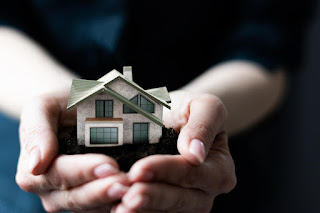How do you prevent problems with your roof ventilation as your roof ages?
The roof is an essential part of any building, protecting the structure and its contents from the elements. One aspect of a healthy roof that is often overlooked is proper ventilation. As your roof ages, it can develop problems with ventilation, which can lead to a range of issues. In this blog, we'll discuss how to prevent problems with your roof ventilation as your roof ages.
First, let's talk about why proper roof ventilation is so important. Without proper ventilation, moisture can build up in your attic or roof space, which can lead to a range of issues, including mold and mildew growth, rotting wood, and even structural damage. Additionally, hot air can become trapped in your attic, which can increase your energy bills by making your air conditioning work harder.
So, how can you prevent problems with your roof ventilation as your roof ages?
- Inspect your roof regularly
Regular inspections of your roof are essential to catch any problems with ventilation early. Look for signs of moisture or mold growth in your attic, as well as any unusual odors. Check for any obstructions in your vents or damaged shingles.
- Install proper ventilation
If your roof doesn't have proper ventilation, it's important to have it installed. The two main types of roof vents are ridge vents and soffit vents. Ridge vents are installed at the peak of your roof and allow hot air to escape, while soffit vents are installed under the eaves and allow cool air to enter.
- Keep vents clear
Ensure that your vents are clear of any debris or obstructions, such as leaves or animal nests. This will help to ensure proper airflow and prevent any damage to your vents.
- Replace damaged shingles
Damaged shingles can cause leaks and allow moisture to seep into your attic. Make sure to replace any damaged shingles as soon as possible.
- Consider a professional inspection
If you're not sure if your roof ventilation is working properly, consider hiring a professional to inspect your roof. They can check for any problems with your ventilation and make recommendations for repairs or improvements.
In conclusion, proper roof ventilation is essential to maintaining a healthy roof as your roof ages. Regular inspections, proper ventilation installation, keeping vents clear, replacing damaged shingles, and considering a professional inspection can all help prevent problems with your roof ventilation. By taking these steps, you can ensure that your roof continues to protect your home for years to come.

Comments
Post a Comment